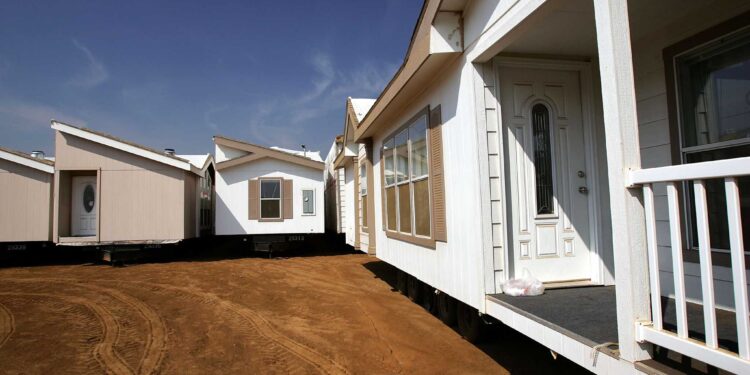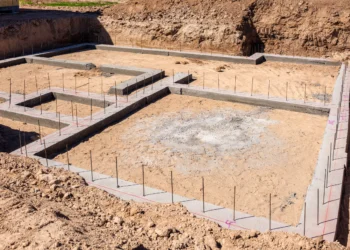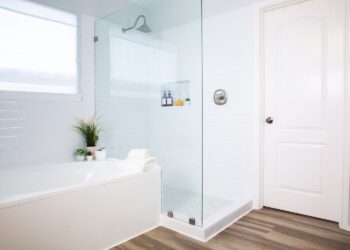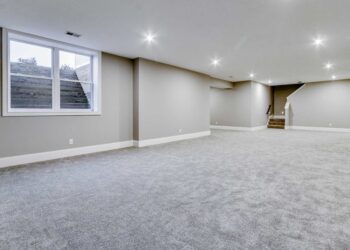When choosing a place to call home, the debate between manufactured and traditional homes is crucial. Each offers distinct advantages and drawbacks, catering to different lifestyles and preferences.
Take your time to know the differences between these two housing options to help you make an informed decision.
What is Manufactured and Traditional Homes
Manufactured homes, mobile homes, or prefab homes are built entirely or mainly in a factory setting, transported to a chosen location, and assembled on-site. These homes are constructed using standardized parts and materials, often featuring a more streamlined and efficient production process.
On the other hand, traditional homes refer to houses built on-site, where construction occurs directly at the chosen location. These homes are typically constructed using various materials, such as wood, bricks, concrete, and other resources, and they often offer more customization options and architectural flexibility than manufactured homes.
Affordability: Making Your Dream Home Attainable
Manufactured homes, often called mobile or prefab homes, stand out for their affordability. These homes are constructed in a factory setting for cost-effective mass production.
On the other hand, traditional homes built on-site with various materials tend to be more expensive due to labor and land costs.
Customization and Design Flexibility: Tailoring Your Space
When it comes to customization, traditional homes offer more freedom. Buyers have the flexibility to work closely with architects and builders, creating personalized spaces to suit their preferences.
In contrast, manufactured homes may have limitations in design options, but advancements in this sector have enabled some degree of customization
Quality and Durability: Ensuring Longevity
Traditionally built homes are renowned for their durability, often using sturdy materials that withstand the test of time. While manufactured homes are becoming increasingly resilient, the perception of quality still leans towards traditional construction.
However, modern manufacturing techniques have significantly improved the durability of prefab homes.
Speed of Construction: From Blueprint to Move-In
One of the standout advantages of manufactured homes is the speed of construction. These homes can be assembled swiftly in a controlled factory environment, reducing construction time significantly.
Conversely, traditional homes require more time due to on-site construction, weather dependencies, and potential delays.
Regulations and Resale Value: Navigating Market Dynamics
Navigating regulations and zoning laws may differ for manufactured and traditional homes, impacting their resale value.
Traditional homes typically hold better resale value due to established market perceptions, while manufactured homes’ value might be influenced by location and adherence to building standards.
Energy Efficiency and Sustainability: Embracing Eco-Friendly Living
Both housing options have made strides in improving energy efficiency. Traditional homes can incorporate eco-friendly features, while manufactured homes often have pre-installed energy-efficient components. It’s essential to consider sustainability preferences when choosing between the two.
Conclusion: Choosing Your Perfect Home
The decision between a manufactured and a traditional home ultimately hinges on individual preferences, budget, location, and lifestyle.
Each option has unique advantages, and understanding these differences empowers homebuyers to make a well-informed choice that aligns with their needs and aspirations.
Whether you opt for the affordability and efficiency of a manufactured home or the customization and durability of a traditional home, both provide viable housing solutions. Understanding the nuances between these two options will guide you toward selecting the ideal home that suits your preferences and fulfills your aspirations.










